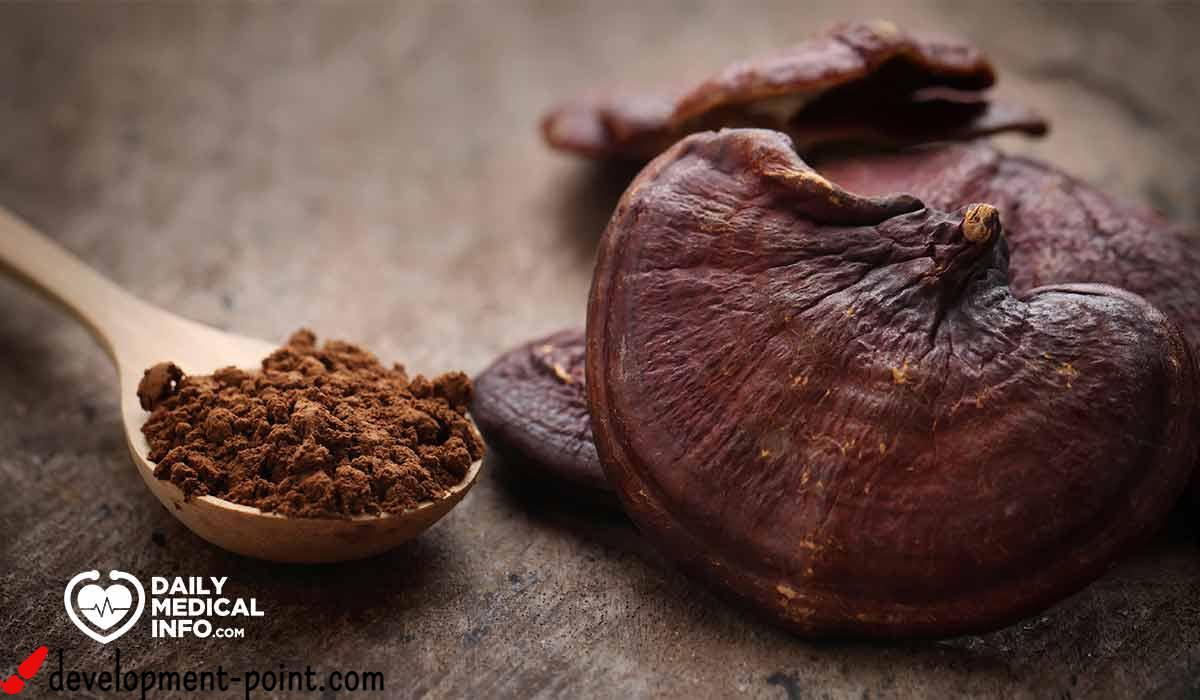What is a diaphragm? And what is his job?
What is the relationship between the diaphragm muscle and breathing? Where exactly is it located? What are its most important functions? In this article, we will learn about all these details, in addition to tips to maintain his health.
What is a diaphragm?
The diaphragm is the basic muscle of the breathing process, and helps in inhalation and exhalation, as the muscle contracts during inhalation, which helps to create the effect of a vacuum that draws air into the lungs, and as it relaxes during exhalation, the air rushes out of them. It is considered the muscle that separates the chest and abdomen regions, and it has functions other than breathing, which we will discuss later.
Diaphragm shape
The diaphragm is a large, thin, dome-shaped fibrous muscle, which is asymmetrical as the right side is larger than the left. This muscle contains openings that allow the presence of some organs and tissues in both the chest and abdominal cavities. Among the most prominent of these openings are the following:
- Esophageal orifice: Where the esophagus passes through it, and the vagus nerva nerve, which is the nerve responsible for regulating many vital functions.
- Aortic opening: It is the largest artery in the human body, and the thoracic duct, the largest lymphatic channel in the body, passes through it.
- Orifice of the vena cava: The inferior vena cava, also the largest vein in the body, passes through it.
Where is the diaphragm located?
This organ is located just below the lungs, heart, and the upper part of the esophagus, while the lower part of the esophagus, stomach, intestines, liver, and kidneys lie below it. This muscle is attached to the sternum, the bone in the middle of the rib cage, the lower rib cage bones, and the spine.
What is the function of the diaphragm?
This muscle plays a vital role in the processes of inhalation and exhalation. Here’s how to help breathing:
- During inhalation, the muscle contracts and moves down in the abdomen so that it creates a vacuum in the chest area, allowing it to expand and draw air from the nose, into the windpipe and into the lungs.
- During exhalation, the muscle relaxes and it bends upward as the lungs push air out.
This muscle contracts involuntarily many times, such as its contraction during sleep as a result of nerve signals from the brain. However, its contraction can be controlled while taking a deep breath, and holding it for a few seconds.
Other jobs
- Increases abdominal pressure to aid in the excretion process.
- Helps prevent stomach acid from backing up into the esophagus.
Diseases of the diaphragm
There are many common problems and diseases that may affect this organ, Among the most prominent are the following:
Hiatal hernia
It occurs when the upper part of the stomach pushes through the opening of the esophagus, and may result from congenital problems at birth, with age, or exposure to an accident. It usually requires a surgical procedure to fix it.
Phrenic nerve damage
It is the nerve that supplies this muscle, and it may be damaged as a result of cancer, autoimmune diseases, surgery, spinal cord problems, multiple sclerosis, and certain types of viral infections. It may lead to muscle paralysis.
Hiccups
They are involuntary contractions that result from muscle irritation, such as after eating or drinking quickly.
Tips to maintain the diaphragm muscle
- Limit foods and drinks that cause GERD.
- Do not eat a large batch of food at once.
- A good warm-up and stretching exercises before exercising.
- Do not over exercise.

